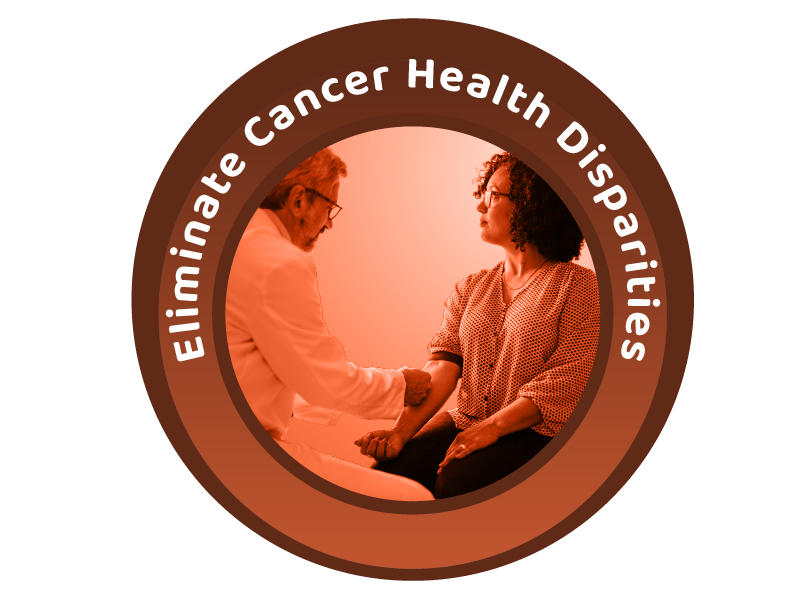Although we have made significant progress over the last several decades in reducing deaths due to cancer, not all groups have benefited equally. Certain populations, including those from specific racial or ethnic groups, those who live in rural or underserved areas, and people with disabilities, continue to suffer disproportionately from cancer. Overcoming these disparities will require finding and adopting ways to engage diverse populations as active participants in research while eliminating barriers to high-quality preventive care, screening, and treatment.
The state of eliminating cancer health disparities today
The reasons for cancer disparities are complex and include both biological and societal factors that impact a person’s health. Biological factors are not well understood, but evidence suggests they may play a role alone or in combination with social determinants of health—the conditions in which someone is born, works, grows, lives, and ages. Examples of social determinants that drive health disparities include crowded housing, poor access to food, and environmental contamination.
Where these factors exist, we may also see limited access to cancer screening, prevention measures, and high-quality cancer care. To address this and fully represent the diverse makeup of our society, we must do more to ensure that research includes all populations.
Additionally, while the National Cancer Program focuses on our country’s needs, it is essential to contribute and collaborate beyond borders to reduce global cancer health disparities.
Strategies to eliminate cancer health disparities
- Emphasize studying the causes of disparities in the number of cancer cases and deaths.
- Tackle factors that prevent successful outcomes in underserved populations at each step of cancer care, from prevention through survivorship.
- Engage communities in cancer education and promote structural changes that increase prevention and early detection.
- Improve health literacy by developing culturally relevant education programs that encourage community wellness.
- Ensure that every person benefits from cancer research and clinical advancements.
- Support strategic efforts to increase representation of all populations in cancer research.
Examples of NCI-supported research to achieve this goal
- The Connecting Underrepresented Populations to Clinical Trials program is providing culturally tailored education and services to increase enrollment of people from underrepresented racial and ethnic groups in NCI-supported clinical trials.
- A consortium is addressing the need to boost colorectal cancer screening rates in American Indian communities across the Southern Plains and Southwest United States.
Examples of activities across the government to achieve this goal
- CancerX, a public–private partnership launched by the Department of Health and Human Services, will boost human-centered digital innovation and explore the root causes of health disparities and financial toxicity related to cancer care.
- The National Breast and Cervical Cancer Early Detection Program provides breast and cervical cancer screenings and diagnostic services to women who have low incomes and are uninsured or underinsured. This program is led by the Centers for Disease Control and Prevention.
